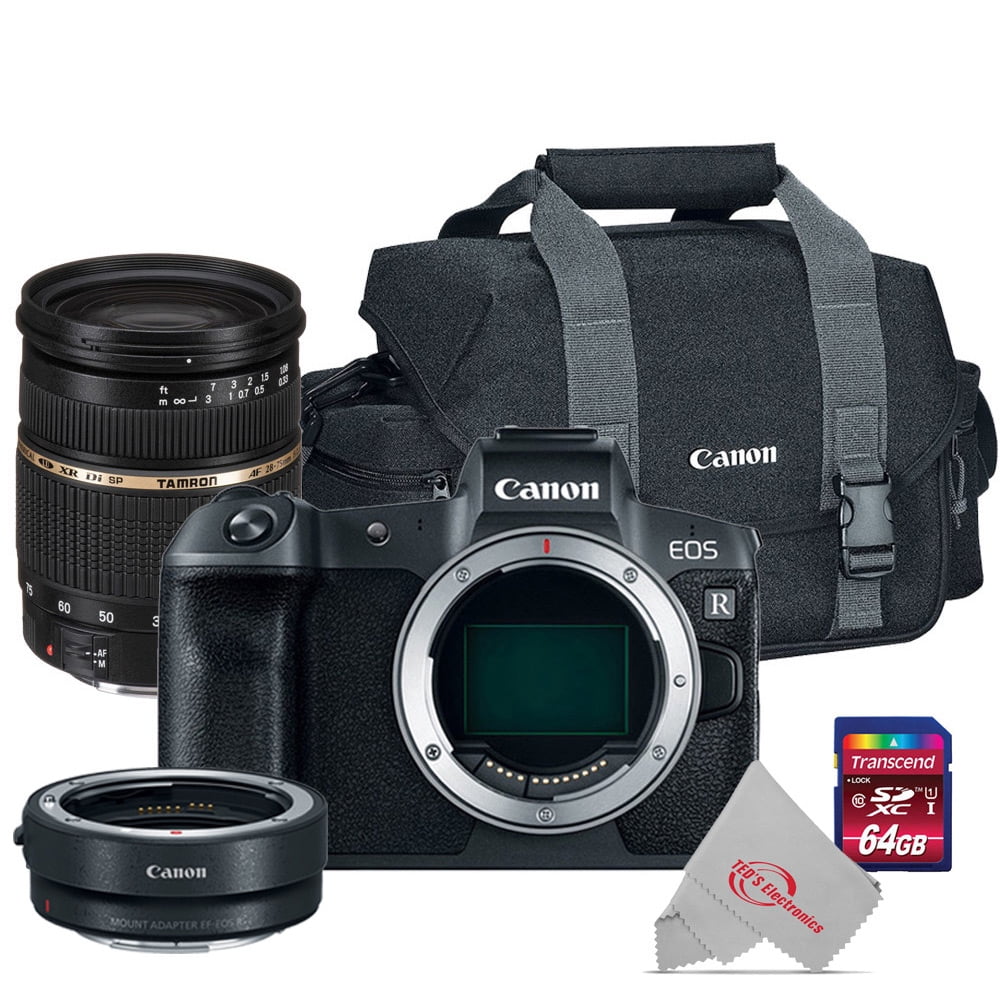

If you are used to the speed of an advanced APS-C camera, then models higher up the range, such as the Canon EOS R6 (which offers up to 20fps), will be a step up in quality and speed. The full-frame kit is just 100g heavier than the APS-C DSLR, and the RF 24-105mm F4-7.1 IS STM lens will provide greater range, alongside the full-frame camera benefits already mentioned. Paired with its standard lens, Canon RF 24-105mm F4-7.1 IS STM (375g) Paired with its standard lens, Canon EF-S 18-55mm f/3.5-5.6 IS STM (200g) Take the example of a move from an older APS-C DSLR to a full-frame mirrorless EOS RP:īody weight (including battery and card): 580gīody weight (including battery and card): 485g In fact, the absence of a mirror and optical viewfinder assembly means that full-frame mirrorless cameras can be made smaller than APS-C DSLRs. You might think the move to full-frame has some serious weight implications, but while that may have been true in the past, it's no longer the case.


Entry-level full-frame models – whether they're DSLRs such as the Canon EOS 6D Mark II or full-frame mirrorless cameras such as the Canon EOS RP – focus on portability and, thanks to their easy interface and touchscreen controls, remain as simple to use as an APS-C camera. The answer depends on what you need from your camera. Which full-frame camera should you choose?


 0 kommentar(er)
0 kommentar(er)
